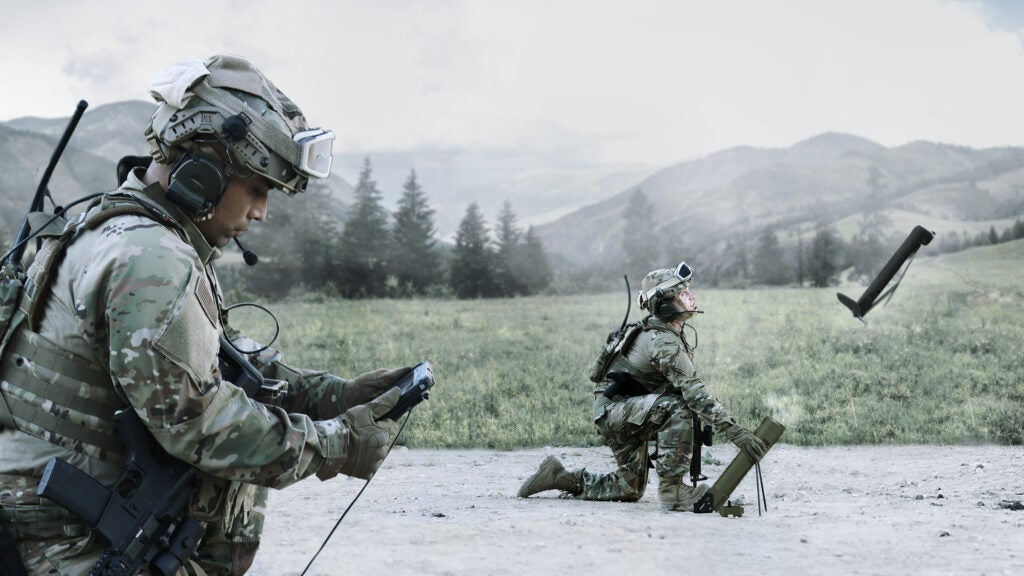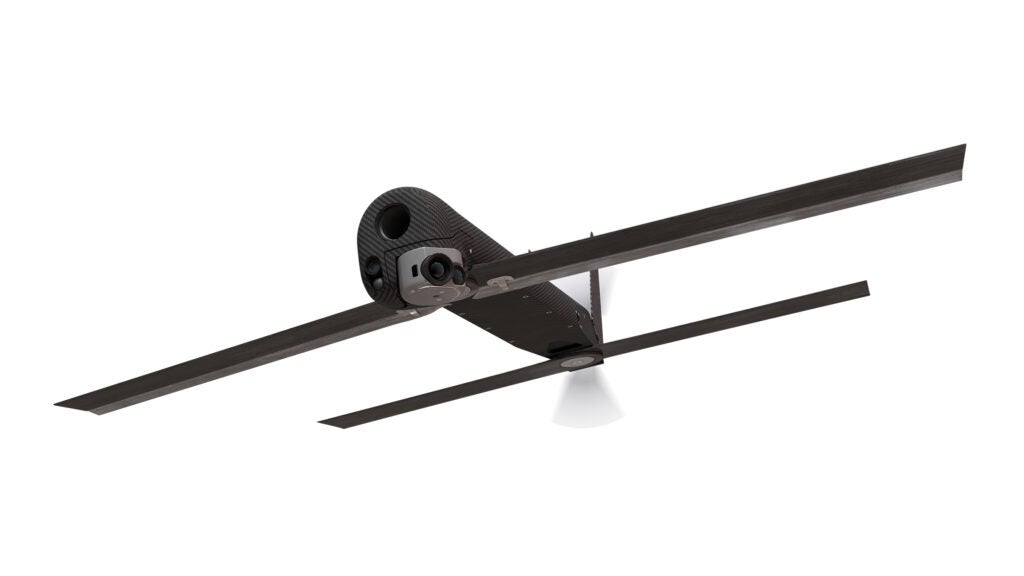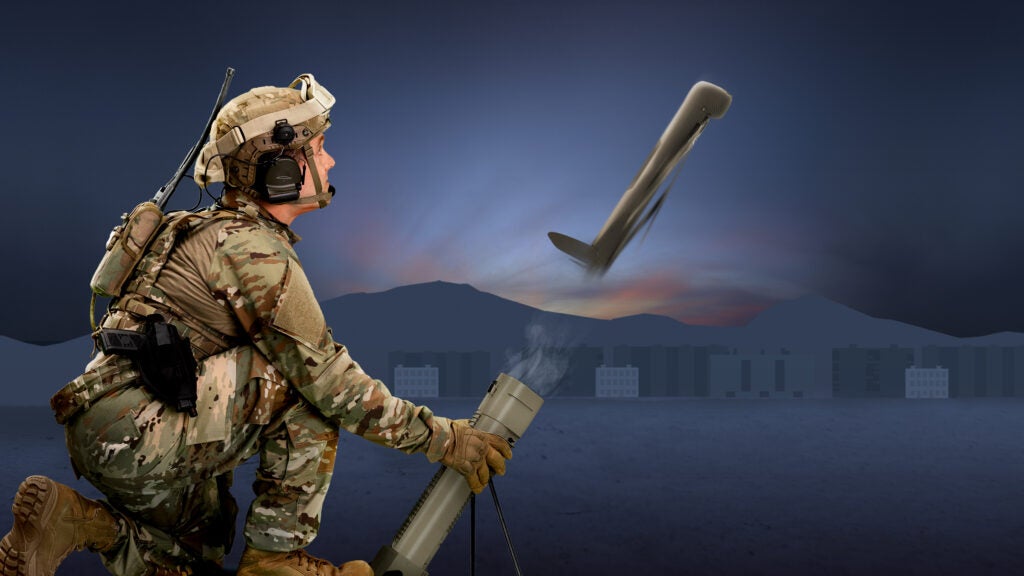Australia Orders Switchblade 300 Loitering Munitions From AeroVironment
On July 8, the Australian Department of Defense announced the purchase of the Switchblade 300 kamikaze drone system from American company AeroVironment as part of the Albanese government’s commitment to providing ADF personnel with world-class lethality and protection so that they can successfully carry out their missions and gain an advantage over potential adversaries.
The Ministry’s statement did not reveal how many of these systems, which are reported to provide a critical combat advantage to Australian soldiers and contribute to the Australian Defense Forces’ (ADF) unmanned aerial vehicle capabilities, were purchased, what configuration these vehicles are, through which channel the purchase was made, or the cost of the agreement. However, it has been reported that the first Switchblade 300 will be delivered to Australia later this year and go into service in 2025.
Australian Defense Industry Minister Pat Conroy stated the following about the latest purchase, which will be added to the ADF’s extensive fleet of drones:
“The prosperity and security of our nation and will always be a top priority for the Albanese Government. That’s why giving our soldiers the critical capabilities they need to protect Australians, and their interests, is paramount. With autonomous weapon systems increasingly prevalent, the Defence Strategic Review made clear that new technology and asymmetric advantage are important priorities. That’s why the Government is taking action to enhance the ADF’s use of drones. The delivery of this proven precision loitering munition demonstrates the speed at which we are introducing capabilities to the ADF. It shows the Australian Government is getting on with the job of providing the ADF with state-of-the-art technologies it needs to meet the threats we face.”

AeroVironment’s combat-proven Switchblade 300 is a suicide drone or loitering munition designed for use by conventional and special operations forces against targets beyond line of sight (BLOS) from mobile field position in the field or fixed defensive positions for base security. According to the manufacturer, this lethal backpack-carriable rapidly deployable missile can be operated manually or autonomously, and its small size and quiet engine make it difficult to detect, identify, and track even at close range. The Switchblade 300 offers the operator real-time video and Cursor-on-Target GPS coordinates for data collection, targeting, and feature/object recognition. It is fully scalable and can be launched from a variety of aircraft, ships, and land platforms.

Switchblade 300 comes in two different versions: Block 10 and Block 20. The first version weighs 2.5 kg and measures 610 mm long, including the payload, launcher, and carrying case. Block 10’s electric motor allows it to fly 10 kilometers at 101 kilometers per hour and hover over a target for approximately 15 minutes after launch. The system, equipped with a warhead developed by the American company Northrop Grumman, can perform an effective suicide dive against military personnel or light combat vehicles due to the cameras and guidance systems on board.
Block 20, the new generation successor to Switchblade 300, weighs one kilogram more, can stay in the air for five minutes longer, and has a 15-kilometer range. Other improvements to Block 20 include a higher resolution EO/IR panoramic camera suite and a new touch-screen Fire Control Unit (FCU) that allows the operator to easily train, plan, and carry out missions.
Whether Block 10 or Block 20, the Switchblade 300s purchased by Australia will make a significant contribution to the existing inventory of over 700 drones, including the RQ-7B Shadow 200, RQ-12A Wasp AE, and PD-100 Black Hornet III Nano. Australia will also further strengthen its current position by making the STRIX armed VTOL Unmanned Aerial System and “the Owl” loitering munition, which it designed and developed to integrate with other unmanned aerial vehicles, as part of its initiatives to expand the use of autonomous weapon systems in the military, ready for service in the coming years.

